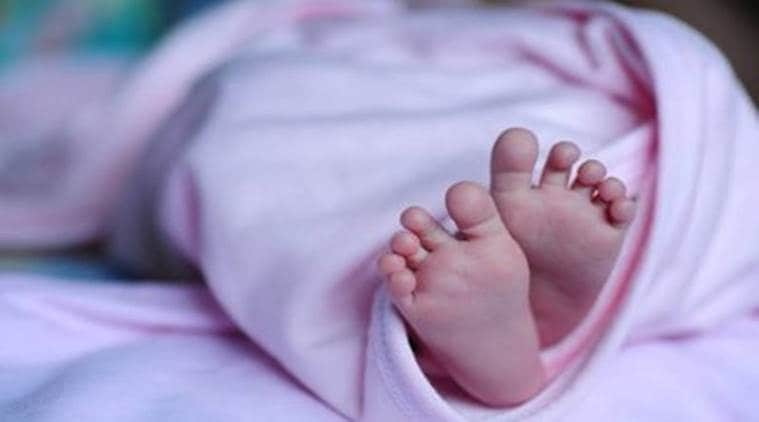 India (131st), Pakistan (140th) and Bangladesh (143rd) are among 50 countries at the bottom of the chart when it comes to managing child health in the early years. (Representational)
India (131st), Pakistan (140th) and Bangladesh (143rd) are among 50 countries at the bottom of the chart when it comes to managing child health in the early years. (Representational)
India ranks 131st among 180 countries when it comes to child survival, according to a new Lancet Commission report on the state of health of the world’s children. This is despite a steep rise in immunisation rates — one of the key contributors to child survival — in recent years and the infant mortality rate going down faster than the world average.
The report, ‘A Future for the World’s Children’, assesses the threat to the health and future of every child and adolescent from ecological degradation, climate change and exploitative marketing practices that push heavily processed fast food, sugary drinks, alcohol and tobacco at children.
While India ranks 133rd when it comes to survive and thrive metrics, it is well on way to beating its 2030 emissions targets, is on track to come in under target of producing 1.84 tonnes CO2 per capita against the highest world emitters producing more than 20 tonnes per capita.
More than 40 child and adolescent health experts from around the world have unanimously said that no single country is adequately protecting children’s health, their environment, and their future.
Sunita Narain, director general at New Delhi-based Centre for Science and Environment and one of the authors of the report, told The Indian Express that the report has found that health and future of every child and adolescent worldwide is under immediate threat from ecological degradation, climate change and exploitative marketing practices that push fast food, sugary drinks, alcohol and tobacco at children.
India (131st), Pakistan (140th) and Bangladesh (143rd) are among 50 countries at the bottom of the chart when it comes to managing child health in the early years.
India has an annual birth cohort of approximately 2.6 crore. The infant mortality rate in the country stands at 33 per 1,000 live births. This means nearly 8,00,000-8,50,000 infants die every year in India, bringing the average daily toll to 2,350.
Lu Gram, India Index developer at the Institute for Global Health, UCL, said, “In terms of basic survival, one-fifth of Indian households still live in extreme poverty, nearly half do not have access to improved sanitation, and over a quarter do not have access to a skilled birth attendant. The government has launched initiatives such as Swachh Bharat, Janani Suraksha Yojana and MNREGA, etc. to deal with these issues, but it remains to be seen whether they will successfully tackle them or not. In terms of children’s ability to thrive, India displays some of the worst indicators on child nutrition in the world, as 28 per cent of children are low birth weight and 42 per cent are stunted. It also has some of the highest rates of intimate partner violence, with 39 per cent of women having experienced IPV in the past (compared to 11-15 per cent seen in high-income countries). Another issue is the high youth suicide rate, as suicide is the most common cause of death for the 15-29 age group.”
Children in Norway, South Korea and the Netherlands have the best chance at survival and well-being, while children in Central African Republic, Chad, Somalia, South Sudan and Sierra Leone face the worst odds. However, when authors took CO2 per capita emissions into account, the top countries trail behind: Norway ranked 156, South Korea 166, and the Netherlands 160. Each of the three emits 210 per cent more CO2 per capita than their 2030 target.
The US, Australia, and Saudi Arabia are among the 10 worst emitters, the report notes.
The only countries on track to beat CO2 emission per capita targets by 2030, while also performing fairly (within top-70) on child flourishing measures are Albania, Armenia, Grenada, Jordan, Moldova, Sri Lanka, Tunisia, Uruguay and Vietnam.